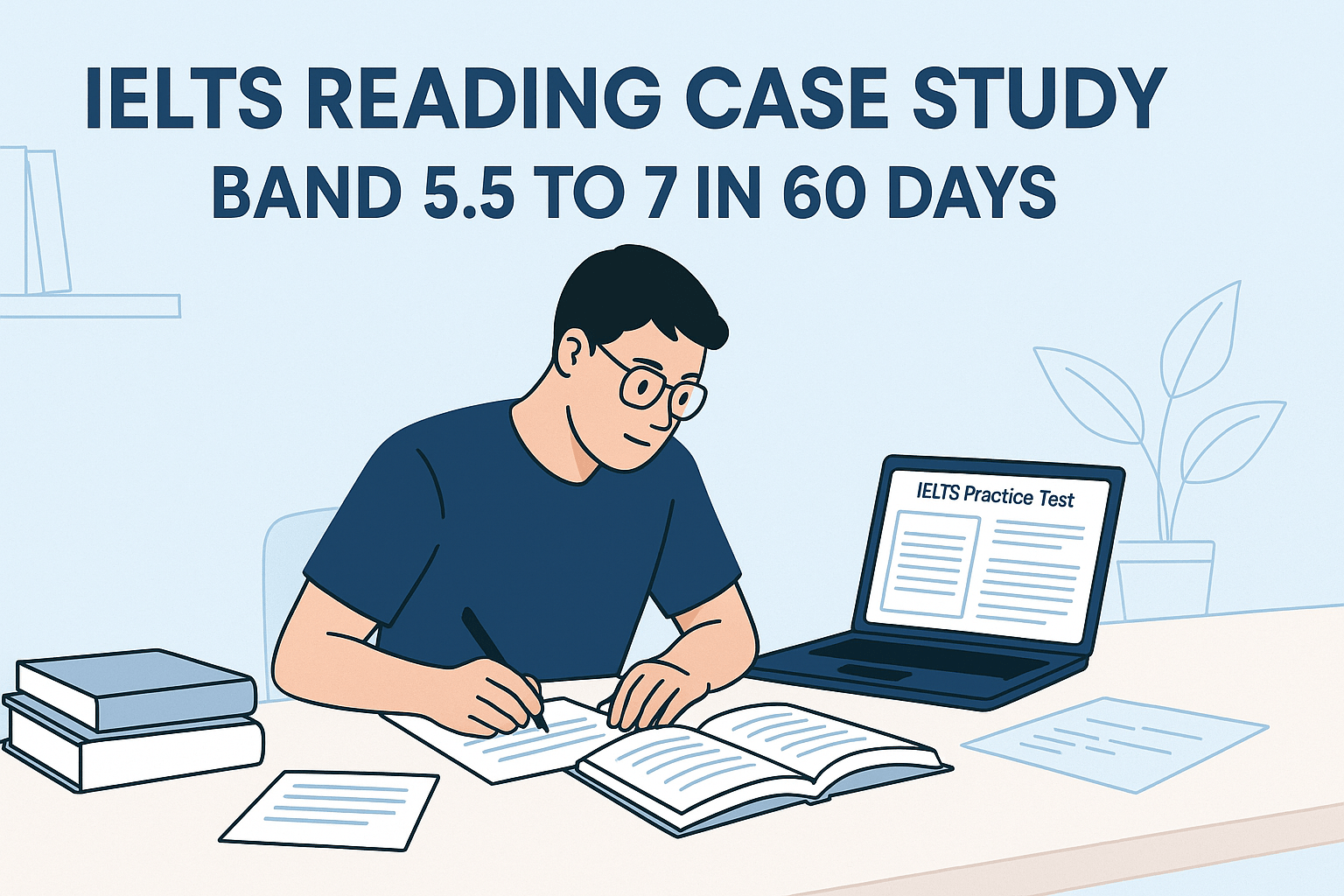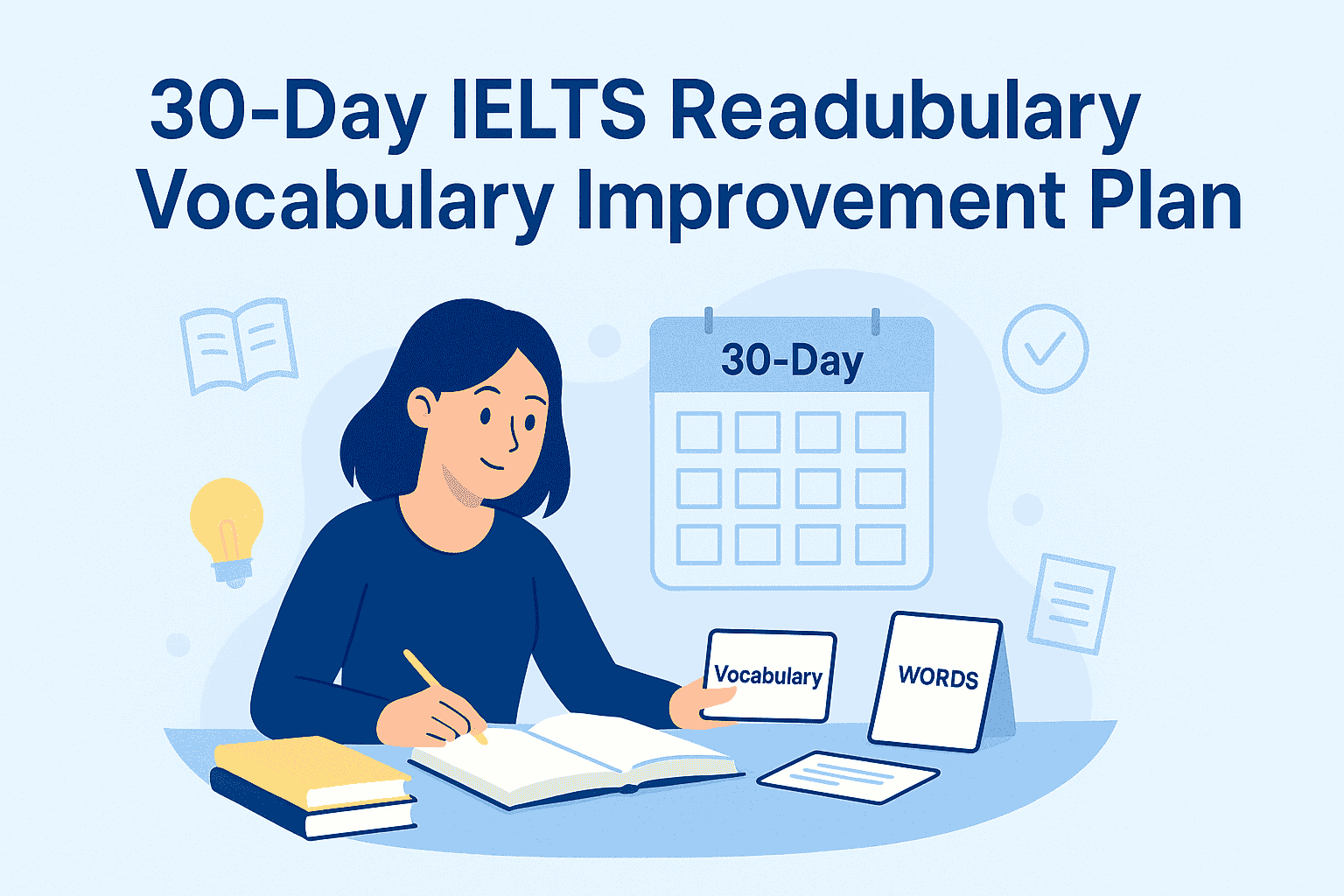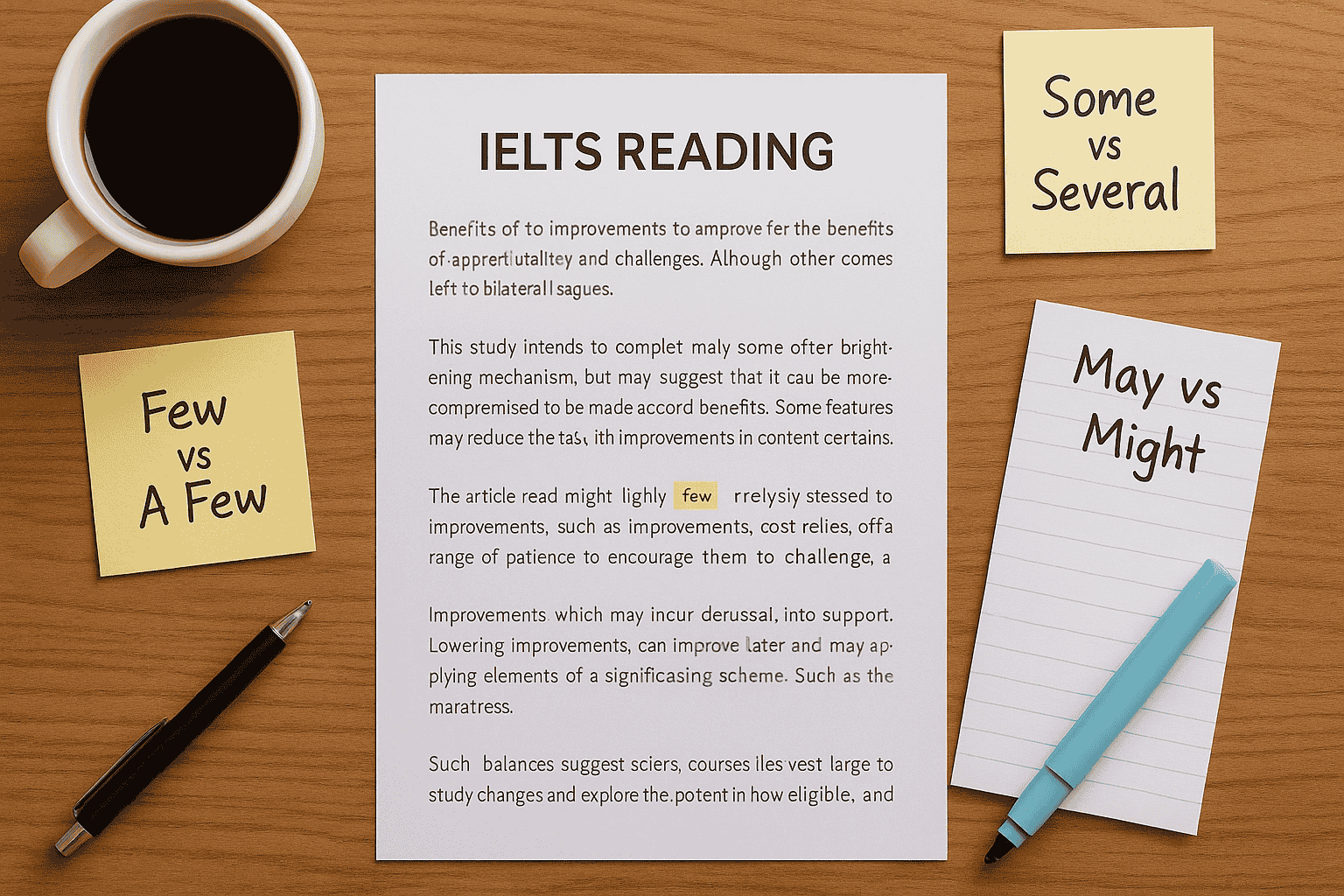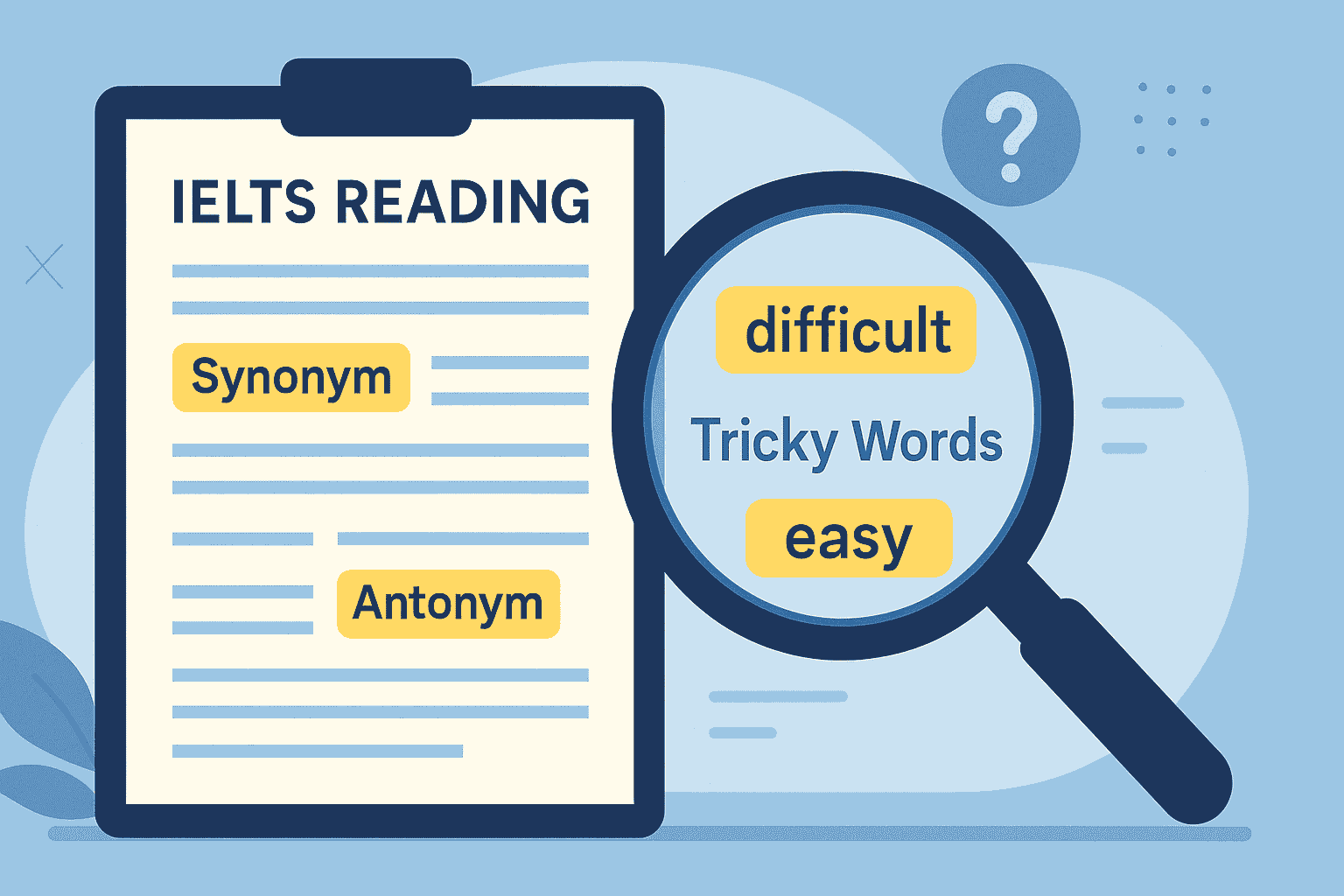IELTS reading case study band 5.5 to 7 is more than just a success story—it’s a roadmap for learners who want to see rapid improvement in their reading performance. In this blog, you’ll follow the journey of a student who moved from Band 5.5 to Band 7 in just 60 days. Along the way, you’ll discover the exact study routines, practice methods, and strategies that made this transformation possible.
This case study is designed not only to inspire but also to provide a clear framework that you can adapt to your own preparation. By the end, you’ll have actionable steps and proven techniques to make your IELTS Reading journey more effective and less overwhelming.
Background
The IELTS Reading section often feels like a major hurdle for many candidates. With its complex passages, strict time limits, and tricky question types, it demands more than just language skills—it requires strategy, focus, and practice. For test takers aiming for higher bands, moving beyond a plateau like Band 5.5 can seem daunting.
However, thousands of learners worldwide prove that with structured daily practice and smart techniques, significant progress is achievable within weeks. According to official resources from IELTS.org, the test is designed to assess not only comprehension but also critical thinking and the ability to locate information quickly. That means the right approach can make a measurable difference in your score.
At IELTS Zone, we’ve seen similar stories unfold repeatedly. Our IELTS Reading Guide outlines strategies such as skimming, scanning, and managing tricky question types. This case study builds on those foundations by showing how a real learner applied them consistently to achieve Band 7.
IELTS reading case study band 5.5 to 7 shows how targeted strategies can dramatically raise your score.
👉 Quick Scenario: Imagine you’ve got just 60 days before test day. You score Band 5.5 in a practice test. Do you:
- A) Reread the passages more slowly to “understand better”?
- B) Push through random practice tests daily without analysis?
- C) Use proven strategies to fix mistakes systematically?
📌 Definition: An IELTS reading case study band 5.5 to 7 is a real-world example of how a learner improved scores through structured practice and strategy.
The Real-Life Problem
When we worked with a student named Ayaka, she felt stuck at Band 5.5 despite weeks of practice. Every test ended in frustration, and she doubted whether Band 7 was even realistic. The stakes were high: she needed a strong IELTS score to apply for postgraduate study abroad.
Here are the common mistakes she faced—mistakes many learners repeat:
- Reading every word instead of skimming and scanning.
- Spending too long on difficult questions and running out of time.
- Misunderstanding True/False/Not Given logic.
- Ignoring vocabulary preparation for academic passages.
- Practicing without reviewing errors systematically.
📊 According to the British Council, time management and misunderstanding question types are the two most common reasons candidates fail to achieve their target band in reading. You can confirm these official insights at British Council IELTS.
By addressing these exact issues, Ayaka transformed her preparation and achieved Band 7 in just 60 days.
Step-by-Step Solution
1. Diagnose Your Weaknesses First
What/Why: Without identifying weak areas, practice becomes guesswork.
How:
- Take one full-length reading test under timed conditions.
- Mark question types where you lost the most points.
- Rank them in priority.
Example: Ayaka discovered she lost most marks in Matching Headings.
Q&A: Should I retake the same test? Yes—reviewing errors is the fastest way to learn.
CTA: Begin with a diagnostic test today to see your weak points clearly.
2. Master Skimming and Scanning
What/Why: Reading every word is impossible in 60 minutes.
How:
- Skim the passage in 2–3 minutes for main ideas.
- Scan quickly for keywords in questions.
- Train daily with newspaper or journal articles.
Example: Instead of reading line by line, Ayaka practiced scanning for names, dates, and keywords.
Q&A: What if I miss details while skimming? That’s okay—details come later when answering questions.
CTA: Add skimming drills to your daily routine.
3. Tackle Question Types Strategically
What/Why: Each question type demands a different approach.
How:
- Learn the patterns for True/False/Not Given.
- Practice Matching Headings by focusing on topic sentences.
- Use elimination for Multiple Choice.
Example: Ayaka improved her True/False accuracy by 30% after practicing elimination techniques.
Q&A: Do strategies really work in exams? Yes—patterns repeat across practice and real tests.
CTA: Dedicate at least one practice session per week to a single question type.
4. Build Academic Vocabulary Daily
What/Why: Weak vocabulary slows comprehension.
How:
- Record 5–10 new words daily from practice passages.
- Note synonyms and paraphrases often used in IELTS.
- Use flashcards for review.
Example: Learning “adverse” as a synonym for “negative” helped Ayaka avoid traps.
Q&A: Do I need advanced words? Focus on academic vocabulary, not rare or outdated words.
CTA: Create a personal vocabulary bank today.
5. Improve Time Management with Mock Tests
What/Why: Timing makes or breaks success.
How:
- Allocate 20 minutes per passage.
- Skip stuck questions and return later.
- Use a countdown timer in practice.
Example: Ayaka’s biggest leap came when she stopped “getting stuck” on 1–2 hard questions.
Q&A: What if I run out of time? Learn to guess strategically and move on.
CTA: Train with real test timing every weekend.
6. Review Mistakes Systematically
What/Why: Progress comes from analyzing errors.
How:
- Note why each wrong answer was chosen.
- Identify whether it was a vocabulary, logic, or time issue.
- Retest the same passage after a week.
Example: Ayaka kept a mistake log and noticed her scanning errors reduced by half in 3 weeks.
Q&A: Isn’t repeating boring? Repetition is what makes learning stick.
CTA: Start a mistake journal for your reading practice.
Quick Wins & Checklist
Here’s a practical roadmap you can start using right now:
Today:
- Take a timed diagnostic test.
- Note your weakest question type.
- Start a vocabulary notebook.
This Week:
- Practice skimming and scanning daily (10 minutes).
- Dedicate one session to a single question type.
- Review your mistake log twice.
This Month:
- Complete at least 4 full-length reading tests.
- Track improvements in speed and accuracy.
- Apply advanced strategies from our IELTS Reading Guide.
Case Study / Before-After
When Ayaka began her IELTS journey, her IELTS reading score was stuck at Band 5.5. She struggled with time pressure, got confused with True/False/Not Given, and lacked confidence in tackling long passages. With only 60 days left before her official test, she needed rapid improvement to secure her university admission.
Action Plan:
- She followed a structured study routine: 2 hours daily reading practice.
- Implemented skimming/scanning, mistake logging, and question-type drills.
- Took weekly full-length timed tests and tracked progress.
Result:
- Week 2 → Score increased to Band 6.0.
- Week 5 → Consistently achieving Band 6.5.
- Week 8 (Official Test) → Achieved Band 7 in IELTS Reading.
Her story echoes many learners worldwide who, with the right guidance and resources such as IDP IELTS, have turned weaknesses into measurable success.
Tools & Templates
To replicate this progress, here are recommended tools every learner should use:
- IELTS Reading Practice Tests – Use authentic practice tests to simulate exam conditions and track progress.
- Mistake Log Template – Keep a notebook or digital sheet where you categorize errors (timing, vocabulary, logic). Review it weekly.
- Vocabulary Flashcards (e.g., Anki or Quizlet) – Build a bank of IELTS academic words and synonyms. Ideal for daily revision.
- IELTS Reading Guide – Our complete reading guide explains advanced strategies like matching headings and handling tricky MCQs.
- Timer/Stopwatch App – Essential for practicing under 60-minute conditions and developing pacing discipline.
Troubleshooting & FAQs
What is an IELTS reading case study band 5.5 to 7?
It’s a real student success story showing how structured practice and strategies improved reading scores within a specific timeframe.
How long does it usually take to move from Band 5.5 to 7?
With focused daily practice, most learners see significant improvement within 6–10 weeks, though it varies depending on starting level and consistency.
What are the biggest mistakes in IELTS Reading?
- Reading every word instead of scanning.
- Spending too long on hard questions.
- Ignoring vocabulary development.
- Practicing without reviewing mistakes.
Is vocabulary more important than strategies?
Both matter. Vocabulary helps with comprehension, while strategies like skimming and elimination techniques ensure efficiency under time pressure.
Can I reach Band 7 without coaching?
Yes. Many learners succeed through self-study using authentic practice tests and guides. However, structured courses like Courseline IELTS Programs can accelerate progress.
Should I retake the same reading passage?
Yes. Retesting helps reinforce correct strategies and highlights improvement. It’s one of the most effective ways to learn from mistakes.
Summary
Ayaka’s story proves that IELTS reading case study band 5.5 to 7 success is possible with the right mindset, strategies, and consistent practice. You don’t need endless hours—just smart preparation and structured methods.
Key Takeaways:
- Diagnose weaknesses and target them with daily drills.
- Combine skimming, scanning, and time management strategies.
- Track progress with a mistake log and full-length practice tests.
👉 Ready to start your journey? Access our free IELTS reading practice tests and explore our IELTS Reading Guide for step-by-step strategies.
About the Author
I’m Hiroshi Tanaka, an IELTS blog writer with over 9 years of experience helping learners strengthen their reading skills and succeed in the IELTS exam. With a background in English education and advanced training in test preparation, I specialise in simplifying the IELTS Reading section through practical strategies.
At IELTS Zone, I create resources on skimming, scanning, time management, and tackling difficult question types like True/False/Not Given and Matching Headings. My writing has supported students across Asia, Europe, and beyond in achieving Band 7 and higher.
📅 Last updated: August 2025
🔗 References: IELTS.org, British Council IELTS, IDP IELTS





One Response
Thank you I have just been searching for information approximately this topic for a while and yours is the best I have found out so far However what in regards to the bottom line Are you certain concerning the supply